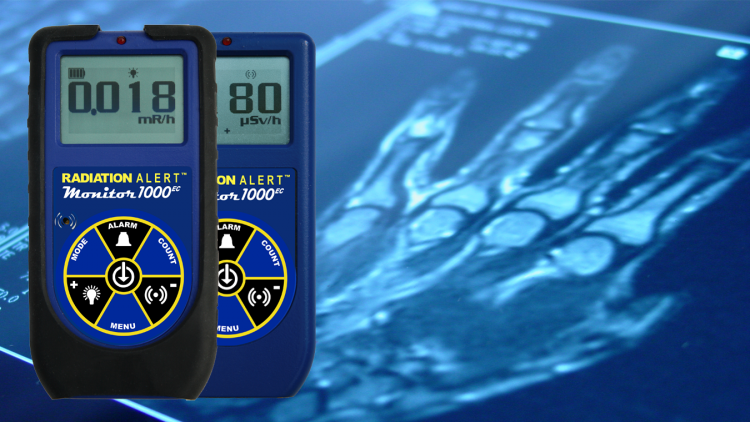As a healthcare worker working in a hospital setting, it’s your civic duty and ethical responsibility to take care of your patients and provide quality care to them to maintain or enhance their overall quality of life. Healthcare is a career path that’s not only in high demand but equally rewarding. However, upon taking on certain healthcare positions, research has shown certain positions within healthcare, especially in a hospital setting, come with their own unique set of workplace hazards. One of the risks that come with working in a hospital setting is exposure to radiation.
To be fair, we’re all exposed to radiation daily, but it’s at very low levels. Things like being on an airplane, microwave ovens, and even eating a banana are all ways we’re exposed to radiation, but the exposure is at a safe level. In the simplest form, radiation is simply a form of energy that can come in the form of light, sound, and heat.
Radiation that is often detected in hospital settings is a bit more complex in the aspect that radiation emissions are given off by unstable) atoms that are trying to become stable. The ionizing effect can cause serious health concerns if you’ve had enough exposure. This type of exposure is typically experienced during radiology procedures.
Who’s at Risk?
Radiation exposure occurs when producing diagnostic images such as x-rays, CT scans, and mammograms. So, radiologists and mammographers are the most at risk, however, dental hygienists are also exposed to radiation for dental x-rays. So, exposure isn’t reduced to just radiologists, despite the demographic of healthcare professionals at the highest risk.
How Much Radiation is Safe?
Well, there can be many answers to this question, depending on whom you’re talking to. The truth is that any amount of exposure to radiation can be harmful, however, low levels of exposure come with very low health risks. However, there are certain radiation levels you can reach and start to experience side effects. In a hospital setting, the allowable dose to protect the embryo or fetus of a pregnant radiation worker is an mrem of 500 and an mSv of 5. In a setting where natural and man–made radiation exposure is present primarily from medical procedures, an mrem of 620 and an mSv of 6.2 are allowable doses.
With those statistics, the only way you’ll know if your hospital is at safe and allowable levels is through radiation detectors and radiation detector software. In short, radiation detector software allows you to set the values for dose and dose rate alarms and warnings, set the calibration factor on your unit, and set how often the unit records. Downloading accumulated exposure data, which includes time, date stamp, exposure, and power cycle identifiers for analysis, makes compliance reports a snap. The data is stored in a convenient delimited text file for use with a spreadsheet program. But, of course, every program is different and has its own unique features.
Proactive Radiation Prevention
We can’t talk about how radiation detector software helps in hospitals without mentioning how the software can heighten the overall awareness of radiation exposure protection of workers who are surrounded by it every day. Look at a few exposure tips to help keep you safe.
Reduce Exposure Time
Time is a direct component of how much exposure to radiation your body receives. By reducing the time spent near the radiation source the less exposure you’ll receive over time. For example, you can talk to or interview a nuclear medicine patient before administering the medication rather than after, to reduce exposure time.
Use Proper Shielding
If you’re exposed to radiation on a daily basis, you want to try to shield yourself from it as best as you can. Radiation shielding is typically built into a particular facility. For instance, building concrete walls near an oncology accelerator.
Increase Distance From Radiation Source
As simple as it sounds, simply stays as far away from the radiation source as you possibly can. The exposure rate from a source of radiation significantly drops by the inverse of the distance squared.


